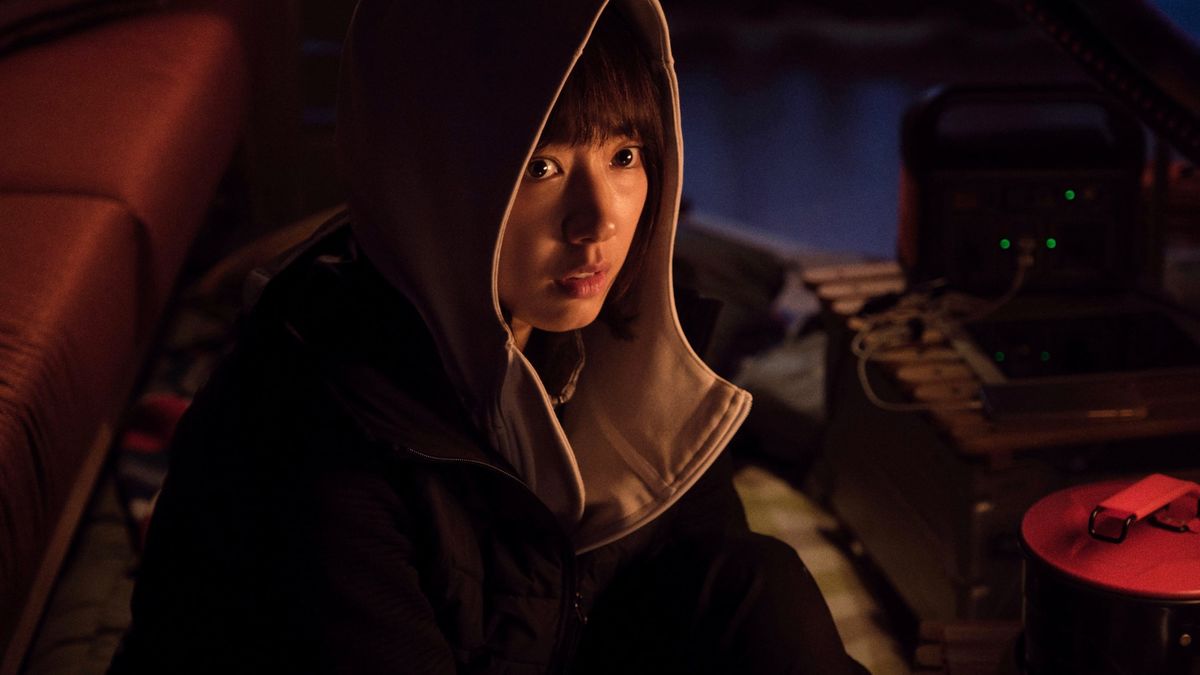
Drifting away from the movies of Hollywood, and exploring the film market of Asia, one finds numerous cinematic treasures. In particular, the quality of Asian horror is something to be discovered and admired by any lover all things ghoulish, morbid, and gruesome. With 48 countries existing on the continent and a diverse range of cultures present, the array of films is plentiful, and the horror genre is alive and well.
Ranging from Thai to South Korean to Indian and more, here are some great recent Asian horror films to check out and add to your watch list!
1. Bulbbul (2020)
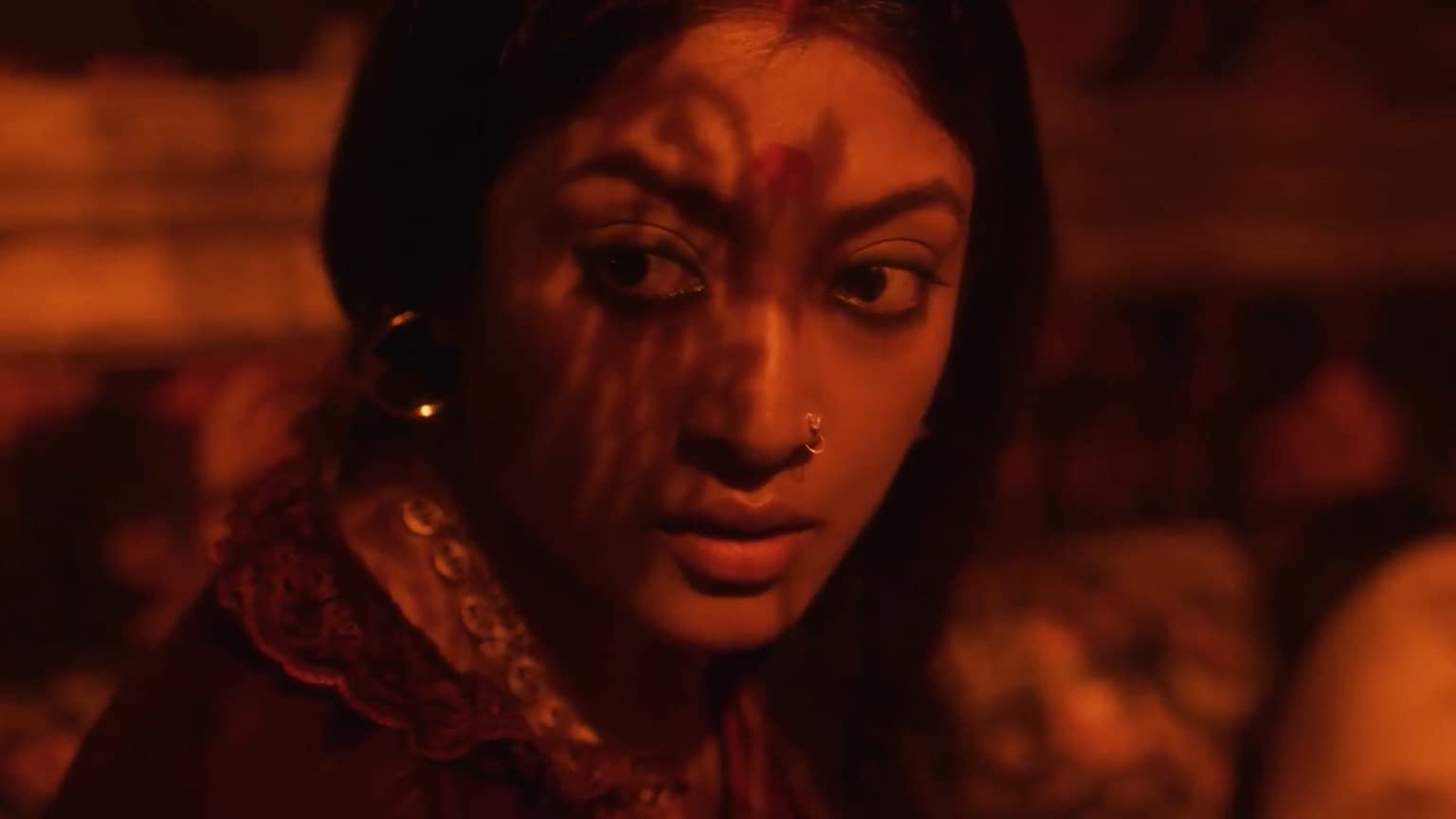
As a supernatural tale with a ton of heart and Indian flare, Bulbbul hits audiences hard with its solid portrayal of suspense and gender justice. The film begins in the nineteenth century and shows a child bride, Bulbbul, being married off to a much older and wealthy elder lord named Indranil. After 20 years, the child bride grows up into a mysterious woman ruling over her household as supernatural murders of men afflict her village.
Bulbbul acts as a well-crafted gothic fairytale with heavy yet important themes. Aesthetically, the film is dripping with atmosphere. The rich colors and shades of red that appear as a fantastical visual representation on Bulbbul’s deep anger, hurt, and rage inside herself are extraordinary. The large, intimidating manor allows for a whimsical but macabre setting for the plot to unfold.
In addition to the look of the movie, the film uses its scarier and more intense moments with a purpose. There is substance attached to the stunning visuals that play a key part in the powerfulness and insightfulness of Bulbbul. Bulbbul’s commentary on the abuse that women faced in the past and continue to face in the present under an extreme patriarchal system is not only relevant but heartbreaking to watch thanks Anvita Dutt Guptan’s direction and screenplay.
Bulbbul fully adopts a sense of passion and terror that work well together to create magnificent gothic storytelling with a voice.
2. #Alive (2020)
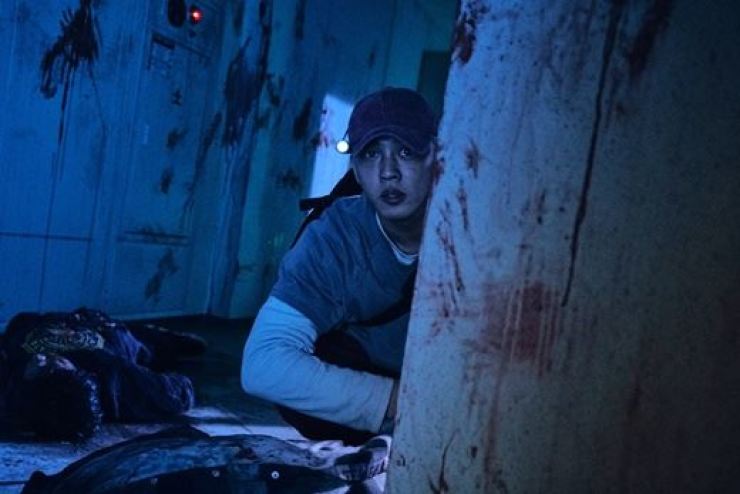
Appearing on Netflix, 2020’s #Alive is a cinematic gem that takes advantage of the creativity and exploration that exists within the zombie genre. The plot centers around a video game streamer, Joon-woo (Yoo Ah-in), and his struggle to survive a zombie apocalypse in Seoul, South Korea.
In a release year characterized by Covid-19 and quarantine, #Alive uses the zombie genre to portray the difficulty of the immediate threat, but more notably, the mental strain on a human being. Audiences truly feel the connection between modernity and isolation through Ah-in’s strong performance. Ah-in’s characterization of Joon-woo is both charismatic and relatable. Joon-woo’s hopelessness and desire to live goes back and forth. His emotions are frequently fluctuating but compelling. These seemingly conflicting emotions allow viewers to build a bond with Joon-woo and they are at the core of the complexity of human existence.
Lastly, the depiction of the zombies must be discussed before moving on to the next film. The visual effects of Sedthanun Chongchetdee, Peerati Jutisatiankul, Setsawat Thongsrikum, and Pokin Tulapraprut along with the makeup supervision by Buncha Chiewchan is wildly impressive. The glazed over eyes and the gore give the infected a terrific creature -like style. Even the way the zombies move provide an established mood. The crazy hordes and frantic running from the infected allow for a chaotic and violent intensity that will have viewers’ hearts racing with fear and adrenaline.
#Alive thoroughly entertains due to remarkable imagery and its knowledge of what makes the zombie genre thrive.
3. The Pool (2018)
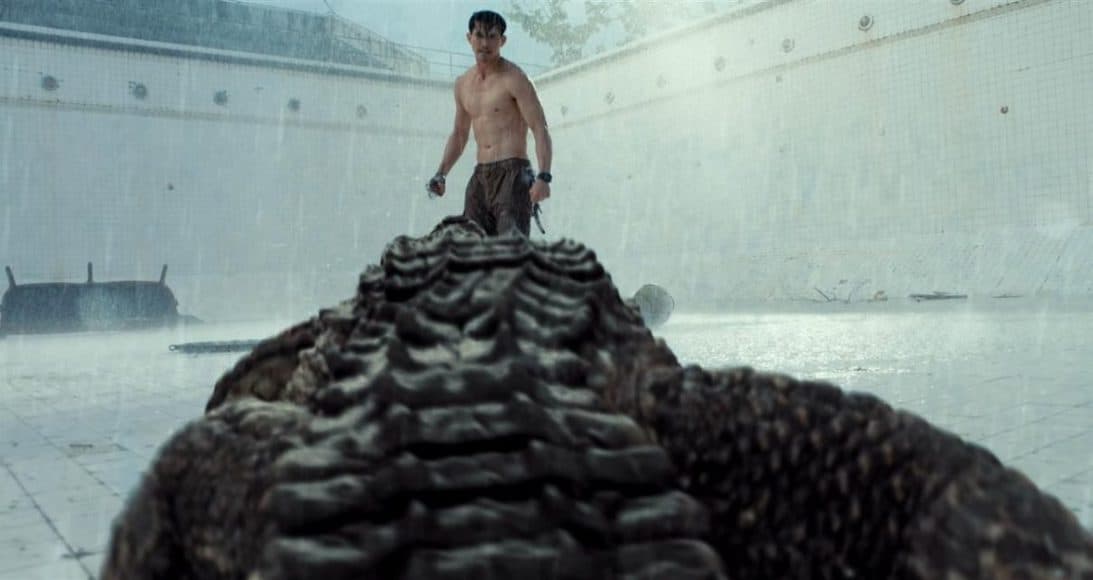
While Jaws made people afraid to go into the ocean,The Pool will make any movie-goer terrified of the everyday swimming pool. In the film, a couple, Day and Koy (Theeradej Wongpuapan and Ratnamon Ratchiratham) become stranded in a drained 6-meter deep pool with a deadly crocodile.
With a movie that has a main cast of two people and one dog along with an average-looking CGI crocodile, it is fair to assume the thrills on screen could be limited and the story thin at best. However, the final product is anything but dull. The obstacles that the writer and director, Ping Lumpraploeng, creates for Day and Koy are brilliantly bonkers. Whether it be starvation, dehydration, or the literal scaley monster waiting to strike, Lumpraploeng finds a way to amp up the danger with each passing moment. It is also heart-pounding to watch the seemingly obtainable moments of freedom disappear in an instant.
Every time viewers see how Day and Koy try to exit the pool, their attempts are dashed ever so slightly. The minor sabotage that comes with each misfortune becomes harder to accept, but it instinctively keeps viewers engaged to the action unfolding. While viewers must wait with anticipation to see how Day and Koy’s predicament concludes, it is a climax that audiences will not see coming.
The pool is an exceptional Thai creature feature that gives drastic new meaning to the phrase “sink or swim”.
4. May the Devil Take You (2018)
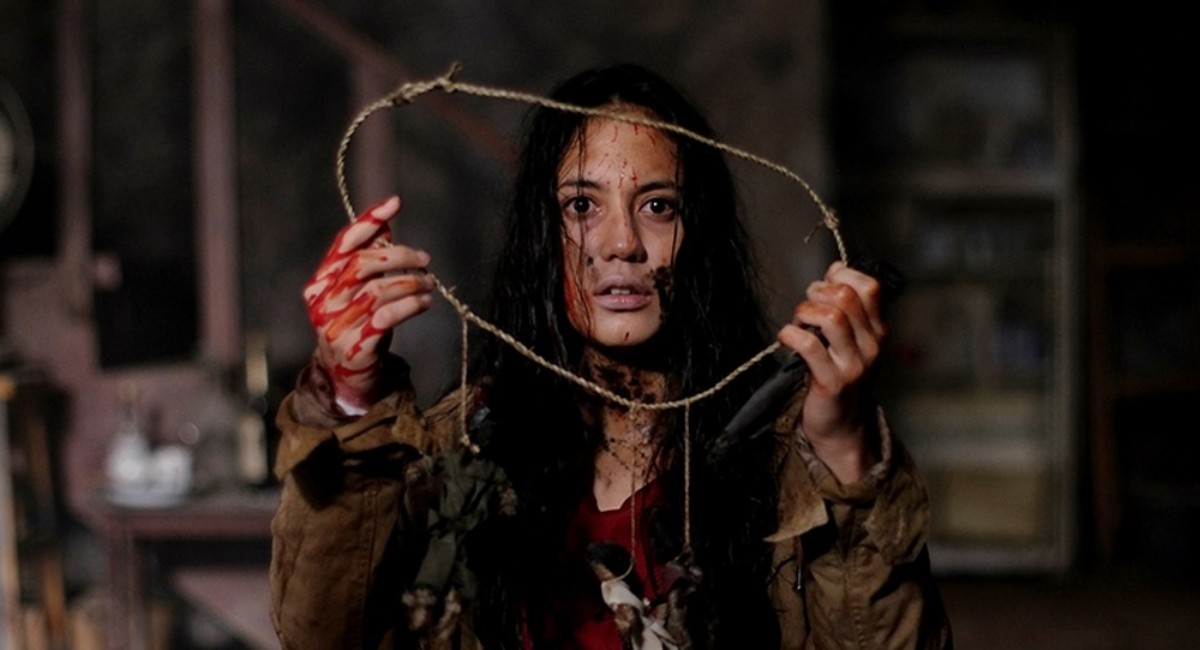
Combining an Indonesian setting with the iconic scares of The Evil Dead, May the Devil Take You is a special movie that any fan of international horror should seek out. In the movie, Alfie (Chelsea Islan) learns at her father’s deathbed that she and her family must uphold a dark pact made years ago when the Devil comes to collect.
With an endless supply of blood, mud, and any disgustingly imaginable liquid a person can create, Timo Tjahjanto’s uses his directing talents to pay clever homage to Sam Raimi’s wonderfully over-the-top ideas of terror. Similarly to Raimi, Tjahjanto’s ability to keep the energy so high through gore and the physical performances of every actor is astounding. Tjahjnto also allows Islan to shine in the lead role and just like Bruce Campbell as Ash in The Evil Dead, she becomes a captivating, tough hero that viewers adore.
In addition to Tjahjanto’s Raimi-like qualities, he still understands the difference between admiration and plagiarism. Tjahjanto includes a style all his own. Rather than using a bit of humor with the severe scares and gore, Tjahjanto’s constant violence is never played for a single laugh. Tjahjanto does not give his audiences a break which may leave people exhausted yet exhilaratingly petrified.
May the Devil Take You proves the horror genre of Indonesia is not something to be overlooked.
5. Impetigore (2019)
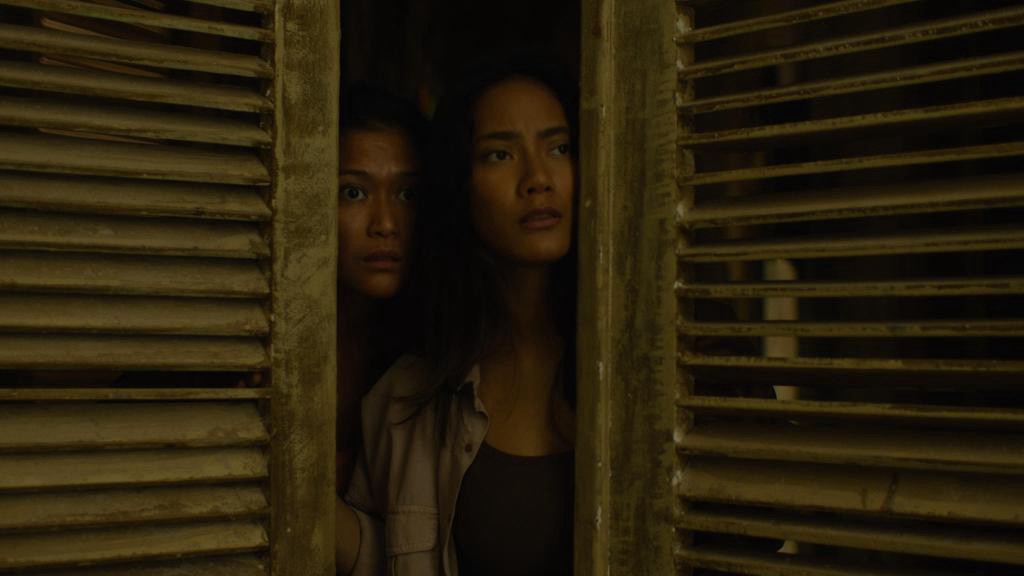
Indonesia makes another appearance on this list with a stellar entry titled Impetigore. The tale revolves around a woman named Maya (Tara Basro). In desperate need of money, Maya discovers she is the heiress to a large house in her ancestral village. However, her inheritance and return to the village become dangerous when the residents of the community try to kill her to remove the curse that has tormented them for years.
Impetigore is another recent example of the understated intelligence and sophisticated suspense that exudes from the horror genre when done well. Instead of relying on misplaced jump scares and a multitude of out-of-date horror tropes, Joko Anwar applies the concept of quality over quantity to his display of frightful moments within the narrative. After an exhilarating opening sequence, the terror becomes focused on subdued eeriness rather than action-packed intensity. The tension grows through what audiences may have seen versus what is loudly or directly in front of them.
Many times throughout the film, it is the object or figure in the background that quietly makes it presence known for just a moment. Viewers may not be aware of it, but once they are made aware of the startling image, they are caught off guard just like the character in the film. Both audiences and the protagonist experience a legitimate shock that is effective and not easily forgotten.
Impetigore acts as a well-crafted slow burn that successfully strives for long-lasting creepiness rather than fleeting frights.